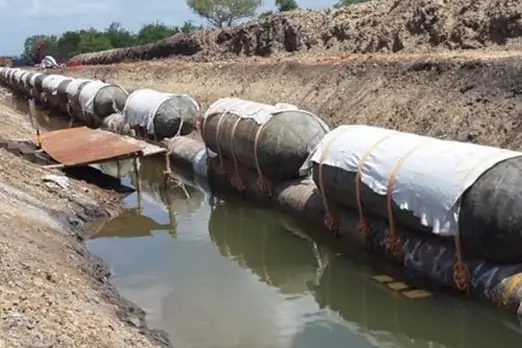Jerryborg Marine Marine Salvage Airbags
Jerryborg’s marine salvage airbags provide versatility and efficiency for underwater salvage and recovery operations. These airbags are designed to be lightweight and compact, making them easy to transport and deploy in a variety of offshore environments.
Our rubber salvage airbags are versatile and can meet various salvage needs. They can be used vertically to salvage wrecks from deep water and horizontally for lifting and pumping operations. They can be used as pontoons on either vessel’s side for balanced lifting in shallow water. Similar to our Marine Launching Airbags, they can also be used as rollers to tow stranded vessels back into the water.
Each airbag is made from premium materials to ensure durability and long-term reuse. Jerryborg understands the challenges of marine salvage and provides airbags that are not only effective but also meet a variety of inspection requirements and can provide the necessary certifications upon request.



















